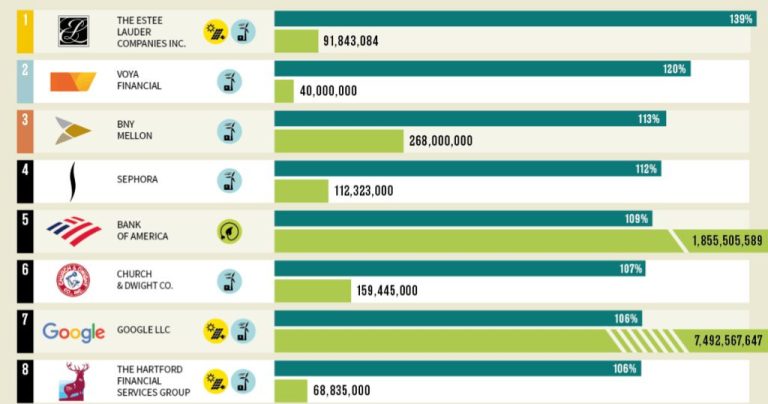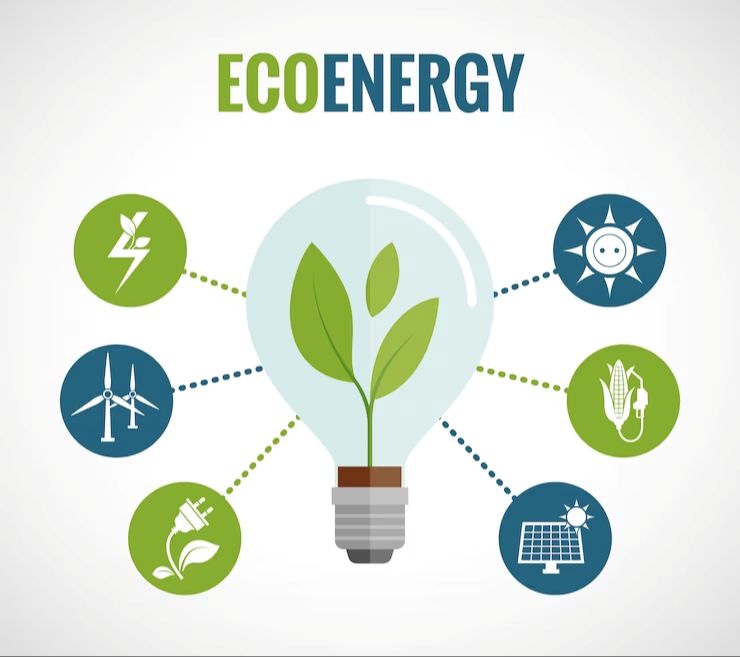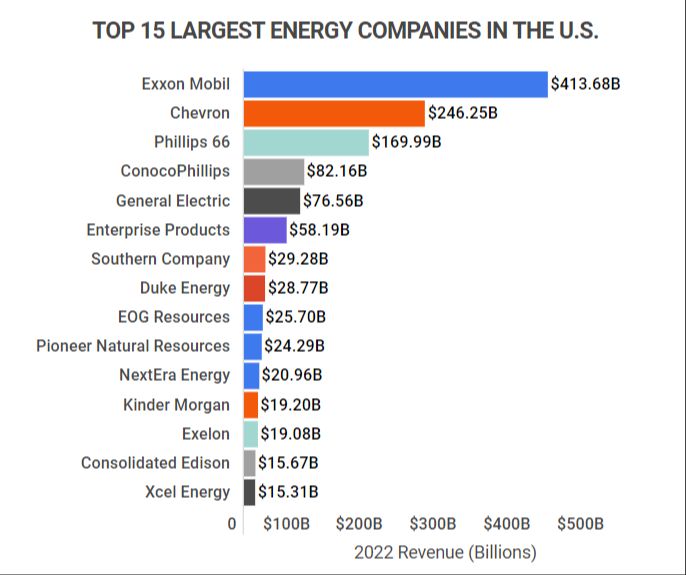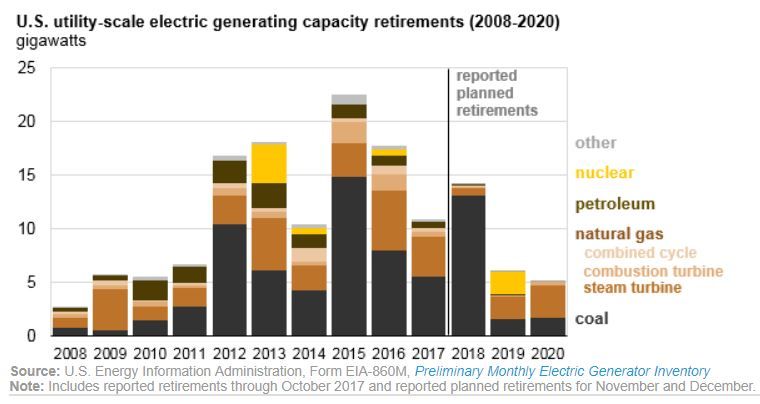What State Is Best For Renewable Energy?
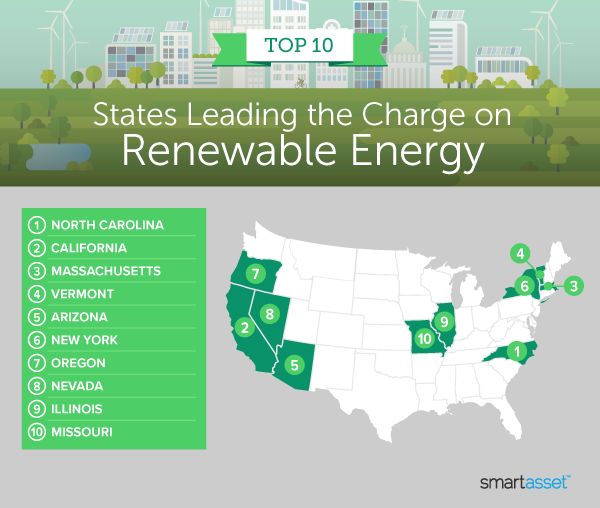
California appears to be the leading state for renewable energy based on its access to multiple renewable resources as well as policies that incentivize renewable development. This article will examine which states have the greatest potential for solar, wind, hydroelectric, biomass, and geothermal energy. It will also look at state renewable portfolio standards, financial incentives, and other policies that support renewable energy growth. The goal is to identify the state with the best combination of inherent renewable resources and policy support to lead the transition to carbon-free electricity generation.
Solar Energy Potential
The southwest region of the United States, including states like California, Arizona, Nevada, New Mexico, and Texas, has the highest solar energy potential due to abundant sunshine and large areas of flat, vacant land. According to the Solar Energy Industries Association (SEIA), the top 5 states for installed solar energy capacity in 2022 were: California, Florida, Texas, Arizona, and North Carolina [1]. California far outpaces other states with over 40 gigawatts of installed solar capacity. The next highest is Florida at just under 8 gigawatts.
Solar power capacity has been growing rapidly across the U.S. in recent years. According to SEIA data, the total installed solar capacity in the U.S. has increased from 2.6 gigawatts in 2011 to over 140 gigawatts by the end of 2022, representing a 53% average annual growth rate over that period [2]. The states seeing the fastest capacity growth include Florida, Texas, Utah, South Carolina, and Georgia. This growth has been driven by declining costs, supportive policies, and increased consumer demand.
Wind Energy Potential
Texas has the greatest wind power capacity in the United States with over 37,000 megawatts installed, which accounts for about 27% of the nation’s total wind capacity according to the Nebraska Energy Office [1]. The next top states are Iowa, Oklahoma, Kansas, and California. Wind power comprises a significant share of electricity generation in states like Iowa, Kansas, Oklahoma, and South Dakota. According to the World Economic Forum, Texas generates three times more wind power than the next highest state [2].
Other top states for wind power capacity include Oregon, Illinois, Minnesota, Colorado, and New York. The U.S. Department of Energy’s WINDExchange initiative provides maps and data on installed wind capacity by state. Overall, wind power capacity has rapidly grown in recent years. Since 2000, total installed wind capacity has increased more than 90-fold. As technology improves and investments continue, wind is positioned to supply an increasing portion of U.S. electricity demand.
Hydroelectric Potential
Washington is the leading state in hydroelectric production, accounting for 31% of total U.S. conventional hydroelectricity generation in 2022 according to the U.S. Energy Information Administration. Other top hydroelectric producing states include Oregon at 12% and California at 9% (Statista).
In terms of hydroelectric capacity, Washington again leads with over 27 GW, followed by California, Oregon, and New York. The top states have remained relatively constant, though some growth has occurred in states like Idaho and South Carolina over the past decade (EIA). Overall, hydroelectric accounts for 6.8% of total U.S. utility-scale electricity generation.
While growth in hydroelectric has slowed, existing facilities are being upgraded and expanded. There is also potential for new pumped storage facilities to aid grid reliability as more renewables come online (EIA).
Geothermal Potential
The Western United States has the greatest geothermal resource potential, with California leading in total capacity. According to the U.S. Energy Information Administration, California had the largest installed geothermal capacity in 2021 at 2,732 megawatts (MW), followed by Nevada at 1,500 MW and Utah at 82 MW (eia.gov). The geothermal capacity in the U.S. has remained relatively stable in recent years.
Other top states for geothermal energy include Hawaii, Oregon, New Mexico, and Idaho (WorldAtlas). The Western states have ideal conditions for geothermal power with high underground temperatures from the region’s volcanic activity. While growth has stagnated recently, there is still significant untapped potential. The U.S. Geological Survey estimates over 9,000 MW of undiscovered hydrothermal resources exist.
Several barriers have limited faster growth of geothermal energy. High upfront capital costs, permitting issues, limited transmission infrastructure in remote areas, and insufficient incentives have all been challenges (UtilityDive). However, as technology improves and policies support its expansion, geothermal can provide consistent clean power to meet increasing electricity demand.
Biomass Potential
Biomass energy comes from organic matter such as plants, agricultural waste, and forest residues. It can be used to generate electricity, produce heat, or make biofuels. Some of the top biomass producing states in the U.S. are:
According to the U.S. Energy Information Administration, in 2020 Georgia was the largest consumer of wood and biomass waste in the United States, with a consumption of 208.2 trillion BTUs. The other top consuming states were Florida, California, Alabama, and North Carolina. [1]
The potential for future biomass growth differs across the country based on the availability of resources. States with large forested areas like Maine, Michigan, Oregon, and Washington have high potential from wood and forest residues. Midwest states like Iowa and Nebraska have potential for growth in agricultural residues and energy crops. The southern U.S. also has capacity for expanded use of wood, crop residues, and grasses for biomass feedstocks.
Overall the outlook is positive for continued biomass energy growth in the U.S., driven by state renewable portfolio standards, federal tax incentives, and sustainability initiatives. With further technology advances and cost improvements, biomass can provide a renewable, carbon-neutral energy solution.
State Renewable Portfolio Standards
A renewable portfolio standard (RPS) is a policy that requires electricity providers to source a minimum amount of power from eligible renewable energy resources. As of 2022, 30 states plus Washington D.C. had adopted RPS policies, which have been a major driver of renewable energy growth in the U.S.
According to the U.S. Energy Information Administration, state RPS requirements range from 10% to 100% of electricity sales coming from renewables by target dates between 2020 to 2050. Some of the most ambitious standards include California (60% by 2030), New York (70% by 2030), Hawaii (100% by 2045), and Washington D.C. (100% by 2032).
Studies have shown that states with RPS policies generate more renewable electricity and attract more renewable energy investment. For example, Lawrence Berkeley National Lab estimated that two-thirds of renewable capacity additions in the U.S. between 1998-2012 were motivated by state RPS requirements. RPS policies have successfully boosted wind, solar, geothermal, biomass, and hydroelectric power generation nationwide.
Other Supportive Policies
In addition to renewable portfolio standards, states have implemented other policies to incentivize and support renewable energy growth. Many states offer tax incentives like production tax credits, property tax exemptions, and sales tax exemptions for renewable energy projects. Rebates and grants are also commonly provided for renewable energy system installations for homeowners and businesses.
Streamlined permitting processes for renewable projects can greatly reduce soft costs and delays. Some states have implemented permitting reforms such as expedited timelines, online permit applications, and lower fees. Interconnection standards ensure renewable systems can safely connect to the grid and enable net metering policies that allow system owners to sell excess power back to the grid.
Studies have found that supportive policies beyond RPS mandates are major drivers of increased renewable energy capacity. According to an analysis by Lawrence Berkeley National Laboratory, state renewable tax incentives and direct cash incentives like rebates were associated with greater renewable energy development than RPS mandates alone. By enacting a policy mix including RPS standards and complementary policies, states can most effectively spur the growth of renewable energy.
Recommendation
Based on an analysis of solar, wind, hydroelectric, geothermal, and biomass energy potential across the United States, as well as state renewable portfolio standards and supportive policies, California emerges as the overall best state for renewable energy.
California has abundant solar resources, especially in the southern and central regions of the state. It also ranks highly for wind energy potential along the coastline and in mountain passes. Additionally, California leads the nation with its ambitious renewable portfolio standard requiring 100% clean electricity by 2045. The state offers tax credits, rebates, and other incentives to spur renewable energy adoption.
Other top states include Texas, Iowa, Oregon, and New York. Texas produces the most wind power of any state and also has great solar potential in the western half of the state. Iowa excels in wind energy and biofuels from corn crops. Oregon has tremendous hydropower and geothermal capabilities. And New York aims to generate 70% renewable electricity by 2030 while ramping up offshore wind.
But California comes out on top when weighing all factors of renewable energy resources and supportive state policies. The state is leading the transition to clean energy nationwide.
Conclusion
In summary, there are strong contenders in several parts of the country when it comes to leadership in renewable energy. The Southwest has unmatched solar resources. The Great Plains are ideal for wind power. The Northwest has tremendous hydropower assets. Other states also bring key advantages to the table.
But at the end of the day, what matters most is having supportive policies and incentives in place. States like California and Texas have set ambitious renewable portfolio standards that are driving growth. Tax credits and other financial incentives are also critical. And initiatives to modernize the grid and enable smart transmission will be key as well.
The future is bright for renewable energy across America. But it will require continued state leadership to surpass partisan divides and forge ahead. Clean energy and economic prosperity can go hand in hand with the right vision and follow-through at the state level.

